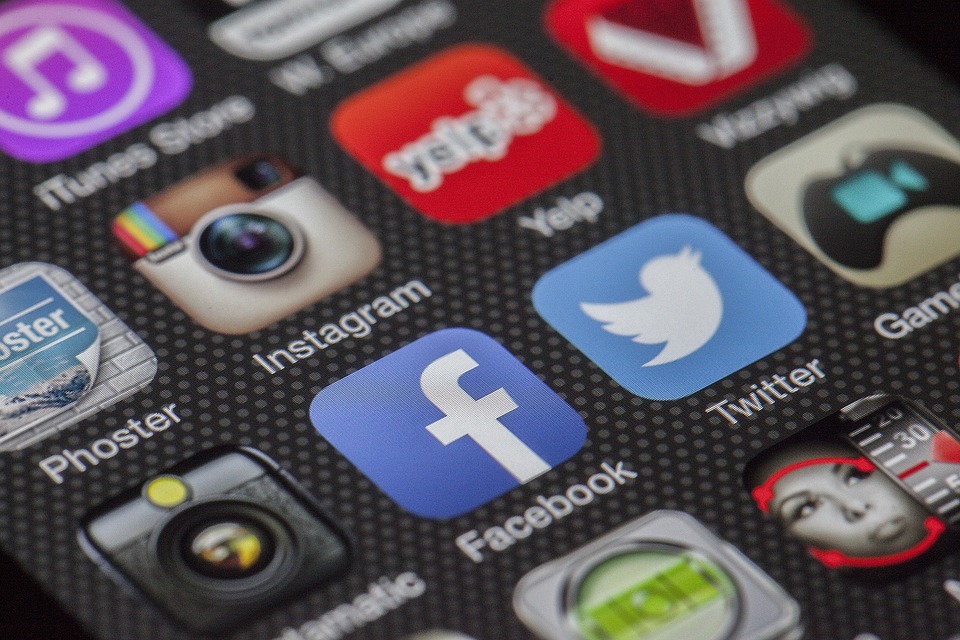The digital age has revolutionized the way we create and consume art and entertainment. From traditional canvas paintings to digitally animated films, the evolution of art and entertainment has been nothing short of remarkable.
The Evolution of Art
Art has always been a reflection of the society and culture that produces it. From the early cave paintings to the classical masterpieces of the Renaissance, art has continuously evolved alongside technological advancements and societal changes.
The advent of photography in the 19th century transformed the way we perceive and create art. For the first time, artists could capture the world around them with precision and accuracy. This led to the emergence of new art movements such as impressionism and surrealism, which sought to capture the essence of reality in new and innovative ways.
Fast forward to the digital age, and art has taken on new forms and dimensions. Digital art, which encompasses everything from computer-generated images to interactive installations, has opened up a world of possibilities for artists. With the click of a mouse, artists can manipulate and transform their creations in ways that were previously unimaginable.
The Evolution of Entertainment
Just as art has evolved, so too has the world of entertainment. The invention of the motion picture camera in the late 19th century revolutionized the way we tell stories and captivate audiences. The silver screen became a window into new worlds and experiences, and filmmakers began pushing the boundaries of visual storytelling.
Today, the evolution of entertainment has been propelled by digital technology. The rise of video games, virtual reality, and streaming platforms has transformed the way we engage with storytelling and immersive experiences. The lines between reality and fiction have become increasingly blurred, as audiences embrace new forms of entertainment that challenge traditional norms and expectations.
From Canvas to Screen
The transition from canvas to screen represents a seismic shift in the way we create and consume art and entertainment. While traditional forms of art and entertainment continue to hold a special place in our hearts, the digital age has opened up new avenues for expression and creativity.
Whether it’s a digital painting on a tablet or a blockbuster movie on the big screen, the evolution of art and entertainment in the digital age has given us a wealth of new experiences and possibilities. As technology continues to advance, we can only imagine what the future holds for the world of art and entertainment.
Conclusion
The digital age has ushered in a new era of art and entertainment, transforming the way we create and consume visual media. From traditional canvas paintings to digitally animated films, the evolution of art and entertainment has opened up new possibilities for artists and storytellers. As technology continues to advance, we can expect even more exciting developments in the world of digital art and entertainment.
FAQs
Why do we need websites?
Websites are essential for artists and entertainers to showcase their work to a global audience. A website provides a platform for creators to display their portfolio, connect with fans, and sell their creations online.
What are some quality keywords to rank this article/post?
Keywords such as “digital art,” “entertainment in the digital age,” “evolution of art,” and “digital storytelling” can help optimize the ranking of this article/post in search engines.


